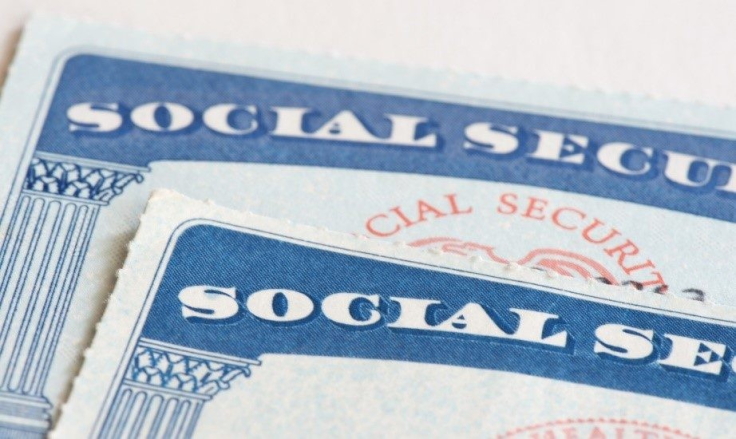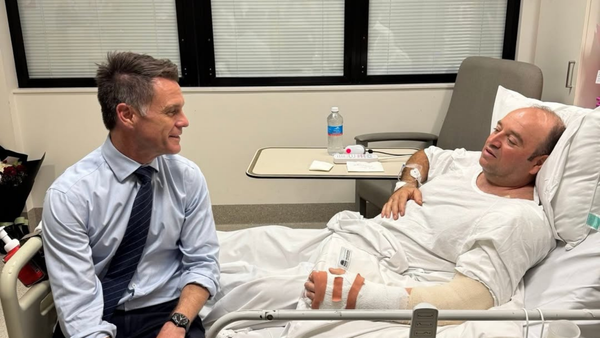
The Social Security Administration (SSA) detailed in a Tuesday press release that US President Donald Trump's agenda to overhaul the federal institution has benefited millions of beneficiaries and is helping protect taxpayer dollars.
The SSA has embraced a new approach while working with the US Department of Government Efficiency to improve customer services, minimise fraud and redundancies, and optimise the workforce.
'I am proud of the extraordinary work by our dedicated employees at SSA to help deliver on President Trump's promise to protect Social Security,' said Lee Dudek, Acting Commissioner of the SSA. 'Our employees understand the urgency of the moment and have worked hard to restore the public's trust. While much work remains to be done, there is no question that SSA is taking the necessary steps to transform how it serves the public while protecting hardworking American taxpayers.'
The SSA claims it has already paid £11.07 billion ($14.8 billion) in retroactive payments under the Social Security Fairness Act to over 2.2 million individuals affected by the Windfall Elimination Provision and Government Pension Offset.
Nationwide Workforce Optimisation
The SSA has also identified £748 million ($1 billion) in cost reductions for 2025 across payroll, IT, contracts, grants, printing, travel, and purchase card policies to protect taxpayer dollars and improve service delivery.
In terms of workforce optimisation, the SSA has restructured inefficient divisions across offices, asked all employees to work from the office, and offered non-essential staff the option of deferred resignation, as it boosts institution-wide accountability. The SSA also extended the option of voluntary early retirement and separation incentive payment as well as voluntary reassignment to all workers. The administration claimed to have processed nearly 350 deferred resignations, over 3,000 voluntary separations and reassigned 2,000 employees in support positions based on staffing requirements.
The SSA refuted reports of permanent office closures and clarified that it will temporarily shutter local field officers for reasons like weather and facilities issues.
Improving Customer Service and Preventing Fraud
The SSA has been working to modernise its ageing telephone services and communications platforms to improve response and resolution times. It is also introducing AI-powered automation and self-service options for customers. The administration expects the modernisation efforts to be completed across all field offices and card centres nationwide by the end of summer.
The agency is also prioritising fraud prevention by launching tools that streamline claims filed over the phone. The tools can identify suspicious activity and require claimants to complete identity verification in person if irregularities are observed.
Payment Accuracy and Better Use of Taxpayer Dollars
The SSA will bump the default overpayment withholding rate for Old-Age, Survivors, and Disability Insurance (OASDI) beneficiaries from 10% of a person's monthly benefit to increase overpayment recoveries of £5.23 billion ($7 billion) in the next decade. Upon Trump's directives, the SSA resumed the Treasury Offset Program (TOP) for debts accrued before March 2020 to maintain the integrity of the OASDI and SSI programs.
The agency is also launching the Payroll Information Exchange in a phased manner, allowing it to receive automated wage data directly from payroll data providers and improve payment accuracy. The initiative is expected to save £822.8 million ($1.1 billion) in OASDI benefits and £1.34 billion ($1.8 billion) in Federal SSI payments over the next decade.
The SSA's growing collaborations under the Health IT program for faster decisions on disability claims are expected to significantly lower the £374 million ($500 million) the agency spends collecting medical records for millions of applicants every year.
Furthermore, the SSA is working to implement the AI-enabled Hearing Recording and Transcriptions (HeaRT) System nationwide to modernise outdated hardware with a software solution for recording and transcribing hearings. This tool is expected to save almost £3.74 million ($5 million) annually.







